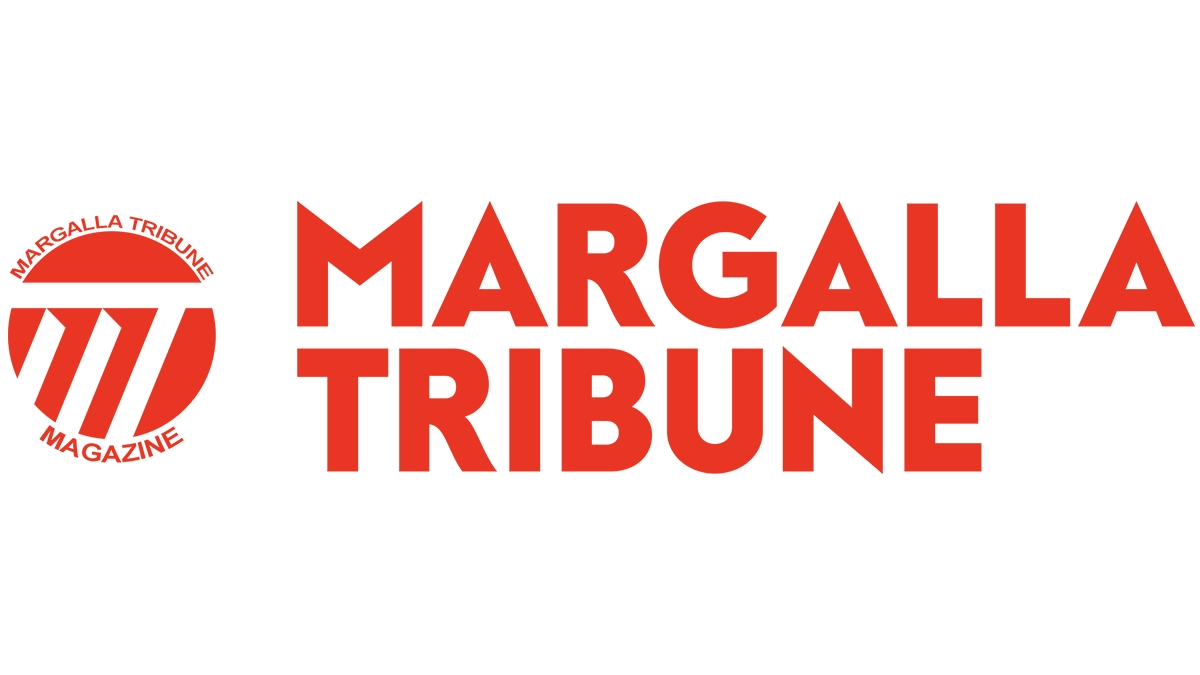Healthcare infrastructure is fundamental to the stability and prosperity of any nation, delivering crucial services that maintain the health and well-being of its people. It is a labyrinth of complexity, dances on the knife-edge of innovation and necessity. Pakistan is grabbling with issues related to swift access to critical services, well-equipped centres with skilled professionals and erasing financial barriers.
Public vs. Private Hospitals: A Stark Contrast
Pakistan’s healthcare is split into two parallel systems: public and private. Public hospitals, notorious for their lack of basic facilities, fail to meet even the most fundamental needs. In contrast, private hospitals, though better equipped, remain out of financial reach for the majority. This stark disparity creates a healthcare divide, where quality care is a privilege of the wealthy, leaving the rest to contend with substandard services.
The Doctor-to-Patient Ratio Crisis
In Pakistan, the doctor-to-patient ratio stands at 1:1300, which is well below the WHO’s recommended ratio of 1:1000 . There is a severe shortage of hospitals, doctors, nurses, and paramedical staff. This workforce shortage is largely due to insufficient incentives for healthcare professionals, resulting in a substantial brain drain. Many doctors prefer to work in urban centers where facilities and living conditions are better, leaving rural health centers understaffed.
Urban-Rural Divide in Healthcare Access
Healthcare in Pakistan presents a stark dichotomy. Urban centers like Karachi, Lahore, and Islamabad boast advanced medical facilities and specialist care, while rural regions languish with limited access to even basic health services. This urban-rural divide is symptomatic of broader socioeconomic inequalities that pervade the country.
In urban areas, residents have access to a wide array of healthcare services, including tertiary care hospitals, specialist consultations, and cutting-edge medical technologies. Conversely, rural populations often depend on under-resourced primary health centers. According to the Pakistan Bureau of Statistics, nearly 63% of the population resides in rural areas, yet these regions are significantly underserved in terms of healthcare infrastructure and personnel.
Gender and Educational Disparities inHealthcare
Gender disparities further exacerbate healthcare inequalities. Women, particularly in rural areas, face significant barriers to accessing healthcare due to cultural norms and mobility restrictions. In many rural communities, women need permission from male family members to seek medical care. Educational attainment also influences healthcare access and outcomes. Individuals with higher education levels are more likely to seek and receive quality healthcare services.
Recent data paints a grim picture of healthcare inequalities in Pakistan. According to the World Bank, the infant mortality rate in rural areas is 66 deaths per 1,000 live births, compared to 40 in urban areas. Similarly, maternal mortality is disproportionately higher in rural regions. These statistics underscore the urgent need for targeted interventions to address healthcare disparities.
Women, particularly in rural areas, face significant barriers to accessing healthcare due to cultural norms and mobility restrictions.
Challenges in Addressing Healthcare Inequalities
Addressing healthcare inequalities in Pakistan is fraught with challenges, both systemic and logistical. One of the primary challenges is the inadequacy of healthcare infrastructure in rural areas. Many rural health centers lack essential medical equipment, pharmaceuticals, and even basic amenities like clean water and electricity. This infrastructural deficit hampers the delivery of quality healthcare services.
The cost of healthcare is a significant barrier for many Pakistanis. A large portion of the population does not have health insurance, and out-of-pocket expenses can be prohibitively high. This financial burden deters many from seeking timely medical care, exacerbating health inequalities.
While the government has initiated various programs to improve healthcare access, implementation remains a challenge. Retap, intitutional inefficiencies, corruption, and lack of accountability often undermine these efforts. Effective policy implementation requires robust monitoring and evaluation mechanisms, which are currently lacking.
Collaborations between the government and private sector can leverage resources and expertise to improve healthcare infrastructure and services.
Innovative Approaches to Bridging the Healthcare Divide
Despite these challenges, several innovative approaches are making strides in bridging the healthcare divide in Pakistan. One such area is improving health results via technology. Telemedicine has emerged as a game-changer, particularly in remote areas. Platforms like Sehat Kahani connect patients with doctors via video consultations, providing access to specialist care without the need for travel.
These digital health initiatives are particularly beneficial in rural regions where healthcare infrastructure is sparse. Initially thought to be successful during covid but the program has over reached its targets, provided over 1 million consultations, improving health outcomes for underserved populations. Thus, proving that new initiatives via technology are possible.
Another successful initiative was the mobile health units, equipped with essential medical equipment and staffed by trained healthcare professionals, brings healthcare services directly to underserved communities. These units provide primary care, maternal and child health services, and immunizations, significantly improving health outcomes in remote areas.
Collaborations between the government and private sector can leverage resources and expertise to improve healthcare infrastructure and services. For instance, the Aman Foundation’s partnership with the Sindh government has successfully expanded emergency medical services in Karachi and set a benchmark for emergency medical services. The service operates a fleet of well-equipped ambulances with trained paramedics, ensuring timely medical intervention and saving countless lives.

Successful Community Health Initiatives
IInitiatives like the Lady Health Workers (LHW) program train women from local communities to provide basic health services and education.
This not only addresses the shortage of healthcare professionals but also empowers women and improves health outcomes. The LHW program, initiated in the 1990s, has been a success story in community health. LHWs provide essential health services, including immunizations, antenatal care, and health education, significantly improving maternal and child health indicators in rural areas.
Government Initiatives to Improve Healthcare Access
Recently, the Prime Minister’s National Health Program (PMNHP) stands as a landmark initiative in Pakistan’s journey towards comprehensive social welfare reform. This program is meticulously designed to provide essential medical care to the country’s most vulnerable populations, ensuring that underprivileged citizens receive the healthcare they need with dignity and respect. By targeting those who are economically disadvantaged, the PMNHP eliminates the financial barriers that often prevent access to quality healthcare services. Key noteworthy features of this program include cashless treatment which will eliminate the need for out-of-pocket expenses and dignified access without the stigma of financial hardship.
In 2023, health insurance scheme specifically for journalists and artists was introduced. This scheme allows access to healthcare facilities free of charge across 1,200 hospitals nationwide, providing annual corporate health insurance coverage worth Rs1.5 million. A budget allocation of Rs1 billion ($3.5 million) has been earmarked for journalists’ health insurance. This program reflects the government’s recognition of the unique needs of these professionals and its commitment to ensuring they receive adequate medical care without financial strain.
Despite past setbacks from inadequate oversight, the success of the current programs remains uncertain. However, its robust features offer potential to set a new standard in best practices, provided diligent monitoring and evaluation are maintained.
Healthcare Solutions – Technological Innovations, Affordable & Education
Addressing healthcare inequalities requires a multi-pronged approach. Firstly, the relentless march of technology transforms patient care. Innovations in affordable healthcare technologies, such as portable diagnostic devices and low-cost medical equipment, have significantly improved access to healthcare in resource-limited settings. These technologies enable early diagnosis and treatment, thereby reducing the burden of disease.
Secondly, the intricacies of insurance systems shadow every decision in healthcare. Navigating these complexities is crucial for ensuring that patients receive the coverage they need without facing financial ruin. Streamlining insurance processes and advocating for more inclusive policies can help bridge the gap between patients and necessary medical services.
Thirdly, health education and awareness campaigns play a vital role in promoting preventive care and reducing stigma around health conditions. Programs focusing on maternal and child health, nutrition, and hygiene have proven effective in reducing healthcare disparities. These initiatives empower communities with knowledge, encouraging healthier lifestyles and early intervention.
Lastly, the human element—compassionate hands and empathetic hearts—remains the beating pulse within the clinical maze. Healthcare is not just about technology and policies; it is also about the caregivers who provide support and comfort to patients. Training healthcare professionals to approach patient care with empathy and understanding can enhance patient experiences and foster trust in the healthcare system.
Combining technological advancements, reformed insurance systems, health education, and compassionate care creates a comprehensive strategy to effectively tackle healthcare inequalities. By addressing these areas simultaneously, we can work towards a more equitable healthcare system that serves all individuals, regardless of their socioeconomic status or geographic location.
Health education and awareness campaigns play a vital role in promoting preventive care and reducing stigma around health conditions.






